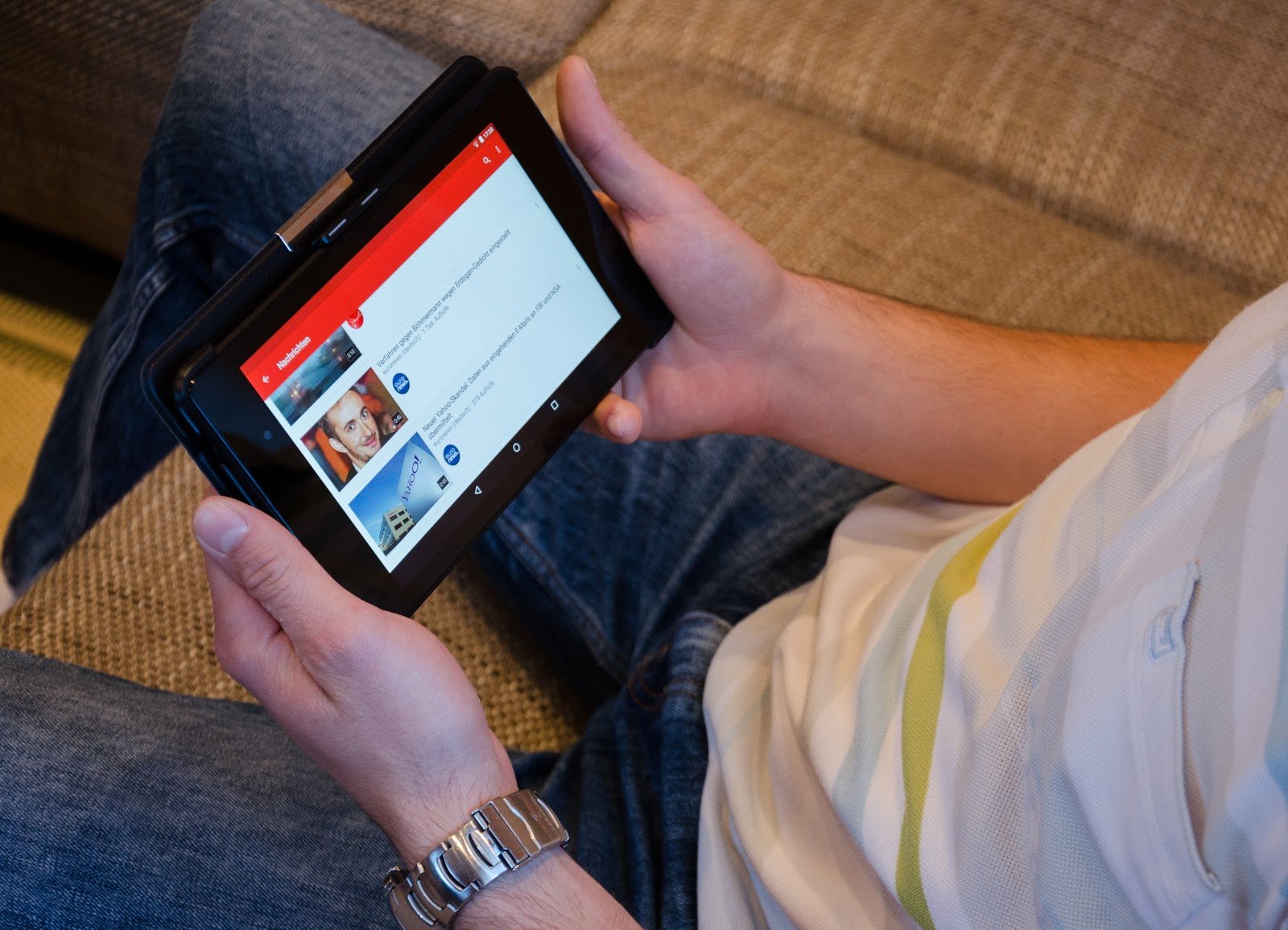Starting a Business YouTube Channel in 5 Easy Steps

With over 2 billion monthly users, YouTube is one of the biggest marketing platforms. If you want your business to get more exposure, it’s the place to be.
It’s estimated that 74% of US adults use YouTube regularly. Why, then, do so many businesses shy away from it? The answer is, it can be scary and confusing.
But, the benefits of using YouTube for business far outweigh the cons. This is why it’s so important to ignore your concerns and go ahead. If you want to start a YouTube channel for your business, here are some simple steps to help you get started.
1. Have clearly defined goals
First and foremost, it’s essential to have some goals before you start using YouTube. What are you trying to achieve? And what do you hope to gain from using the platform for your business?
Once you know what your main objectives are, you can start to plan what type of content you’re going to create.
Additionally, you need to have an audience in mind. Rather than posting generic videos, you should understand who your target audience is and what they might be interested in watching.
2. Create your YouTube channel
Next, it’s time to create your channel. Luckily, YouTube makes this process really straightforward, with easy-to-follow steps for completing everything you need.
To create a channel, you’ll need to have a Google account. If you don’t have one, it’s easy to create a new one before you get started.
Then, you can start a channel through the settings option. You will then be prompted to fill in your business information, including:
- The name of your channel (ideally your business name);
- Add a channel icon, which should be a business logo;
- Upload “channel art”. This could be consistent with your branding;
- Fill in some information about your company in the “About” section;
- Add your company website or links to your social media;
- Make sure you include links to sign up for your mailing list.
3. Start uploading video content
This is the best part of the process – although it might be tricky at first! To appear more professional, you might choose to invest in some video equipment like a camera and microphone. But, if you’re on a tight budget, you can still make great videos using a smartphone.
Make sure you relax, be confident, and make your videos as fun and engaging as possible. This will make them much more interesting for your audience!
Once you become more experienced at making videos, you can start to invest in more equipment or software for editing any videos you make.
4. Share your videos everywhere
You may get some traffic organically. However, you shouldn’t rely on this alone. Make sure you share your videos in as many places as possible, both online and offline.
When using business cards, make sure you add your channel name to them. That way, when you hand them out to people, they will be directed to your online video content.
If you don’t have any business cards or need new, updated ones, you can create some for free online using a tool like BusinessCards.co.
In terms of promoting your channel online, ensure a link to it is included on all your social media profiles, your website, and your blog (if you have one). Share any relevant videos with your existing audience. This will give your traffic a huge boost.
5. Keep your audience engaged
After creating your channel, you need to be consistently working on it to keep your audience engaged. Rather than just forgetting about it, check it regularly to see if people are watching.
If people have commented or asked questions, ensure you respond promptly to create a conversation. This will add more value to the video and help your audience learn about the company and what it stands for.
You can also use YouTube analytics to monitor engagement. By taking feedback into account, you can adjust your videos to cater to your audience and create a successful channel!





